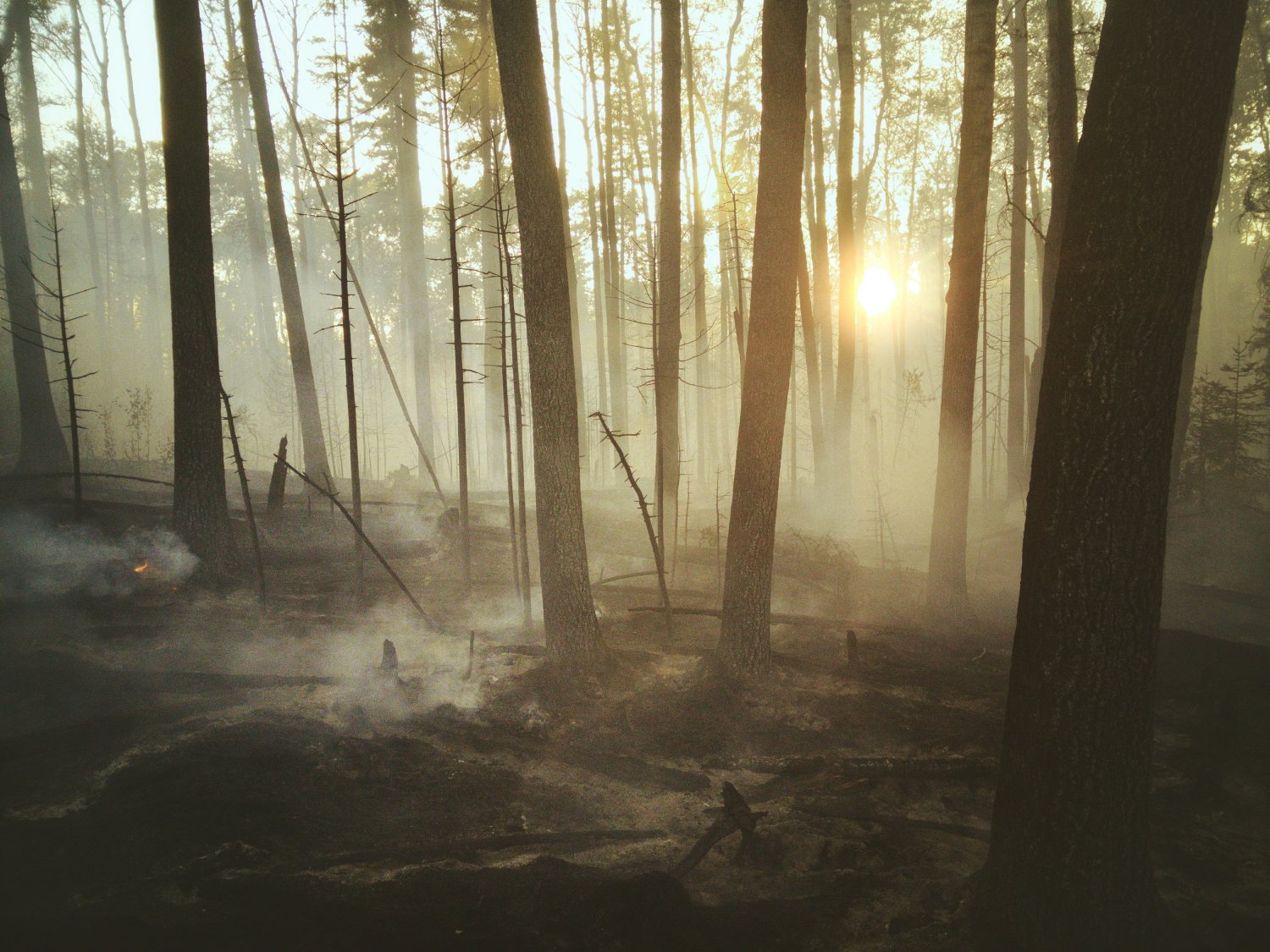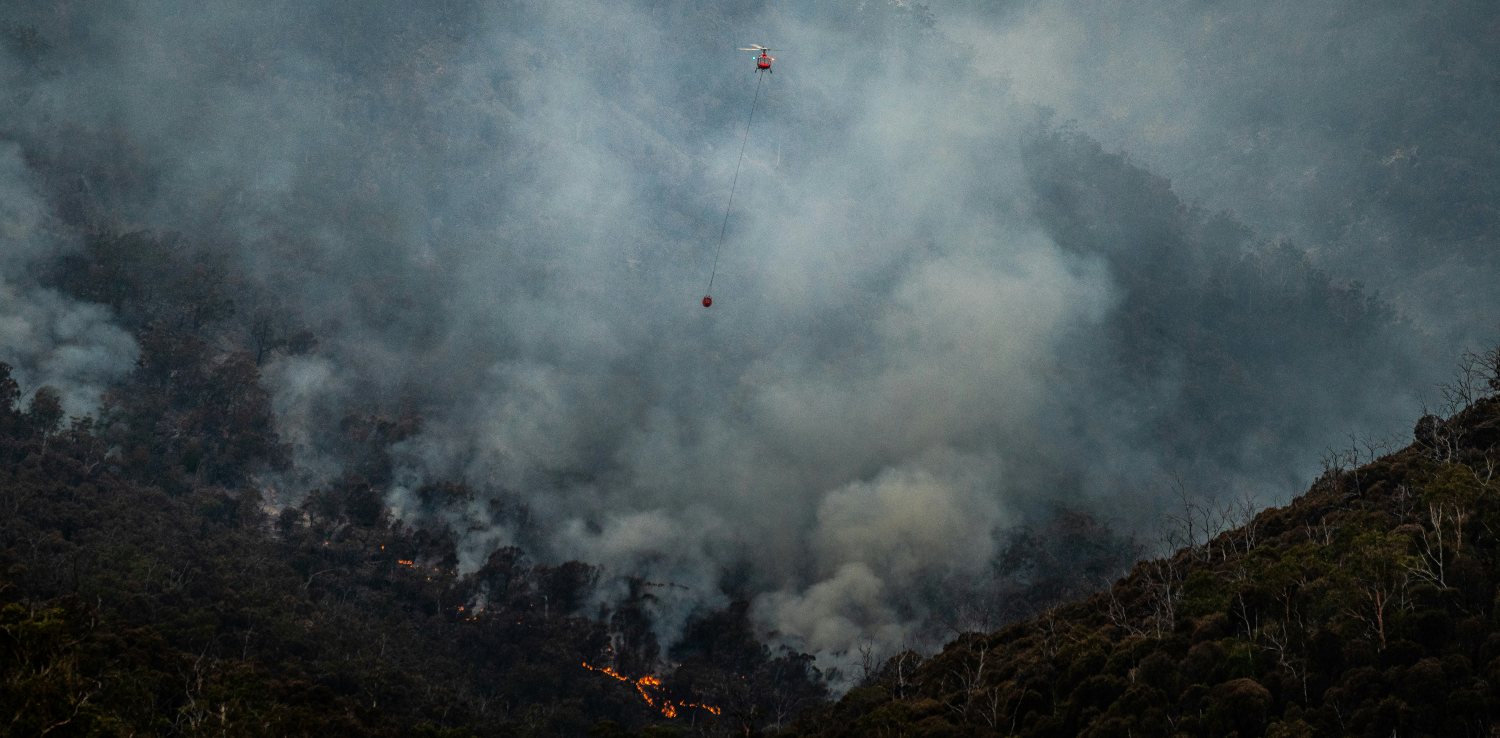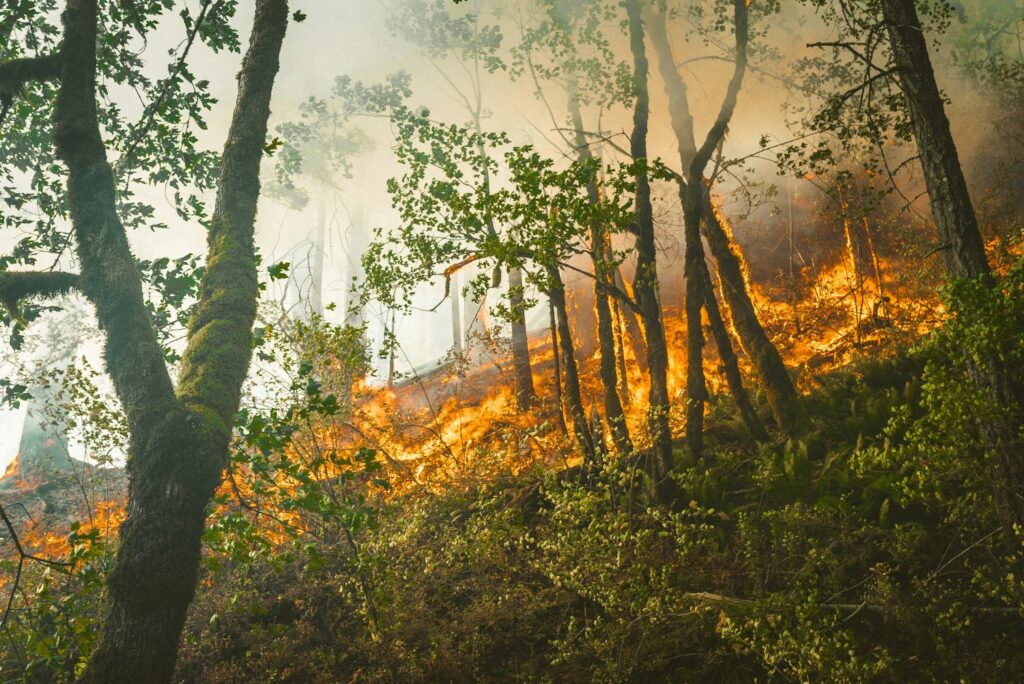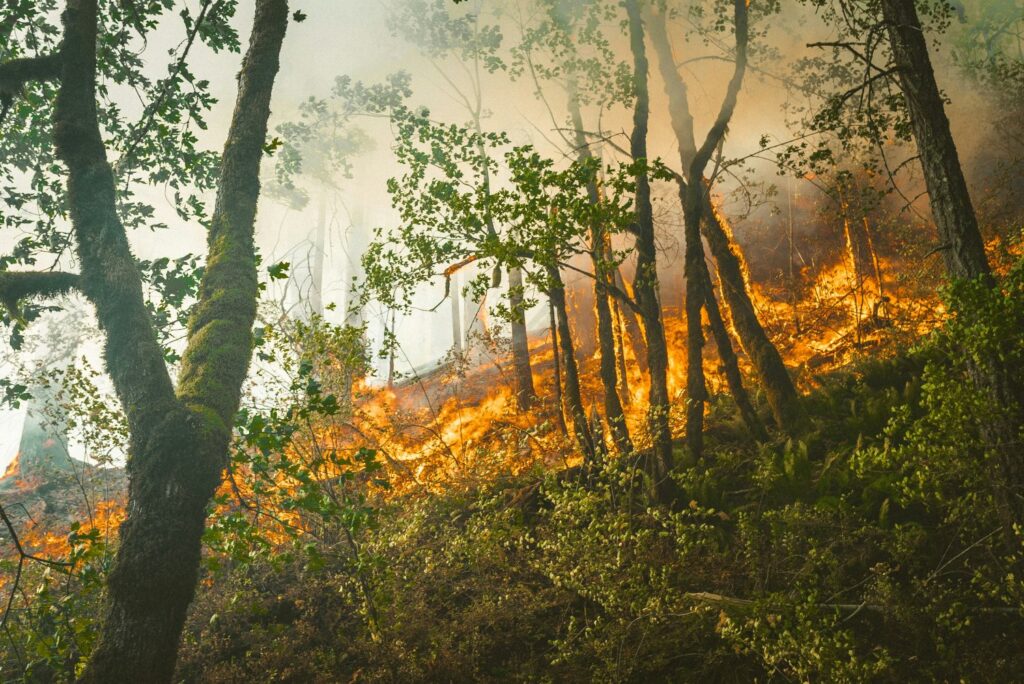
Between the 7th and 15th January 2025, widespread fires caused devastation across Los Angeles. To learn more about the scale of the damage and the likely ramifications upon the insurance market, we turned to Thomas Banks, Romero Insurance Assistant Broker:
“We have all been shocked by the widespread destruction and apocalyptic images emerging from Los Angeles over the past few weeks. With more than 10,000 buildings destroyed and hundreds of thousands of people forced to evacuate their homes, the loss suffered has already been extreme. Estimates suggest that the total damage could be more than $200 billion. This will be a monumental challenge for the state of California to overcome, and its effects will be felt across the American economy. Now, the question on every broker’s mind is: How will this disaster affect the insurance market?”
A History of Fires in California
These fires are some of the worst in Californian history, but they are by no means the first to hit the state. In 2018, wildfires caused over $26 billion in damage, with even larger (although less destructive) fires in 2020 and 2021. The western United States is becoming more susceptible to droughts due to climate change and inefficient water usage. Water is not always readily available, and strong winds provide plenty of oxygen. As a result, fires are becoming larger and more common. In cities like Los Angeles, fires can easily spread from building to building, and large numbers of high-value properties make any potential financial loss greater.

What is the short-term impact of the Californian fires on the insurance market?
As a result of this recent and regular pattern of fires and damages, the insurance market in California is deteriorating. Of the 12 major insurers in the state, 5 have either stopped writing new policies or withdrawn completely from the market, with more than 100,000 Californians dropped from their policies since 2019.
At the time of writing, losses have already exceeded $135 billion. A loss on this scale will have significant effects across the entire US insurance market, which is supported by international banks and closely connected to the global insurance market. The stresses could cause many insurance companies that are unable to cover the losses to close, decreasing competition in the sector. In the short-term, Americans will likely see premiums jump. Regulators may be forced to relax some restrictions and allow insurers to pass off the cost to reinsurance, to avoid a loss of competition and adequate insurance products in the market. This could help to avoid a financial disaster in the near future.

What is the FAIR Plan?
As insurers have started to withdraw from the state, more homes and businesses have signed onto the FAIR Plan. Introduced in the 1960’s, FAIR is a state-run fire insurance alternative designed to provide limited cover to those unable to find a private plan. The system has typically been a last resort measure, but the number of homes on the plan has doubled between 2020 and 2024. The plan could now be facing up to $30 billion in losses yet has less than $400 million available to hand out.
FAIR is legally able to recoup its losses from private insurance companies to help cover this gap, but this would put incredible strain on the market. Private companies might pass this cost on to the insured to relieve this pressure, which could damage relationships between insurers and their customers.
What happens to insurers after a large natural disaster?
What happens next is difficult to predict, although we do have other examples to draw upon, such as Hurricane Katrina, which struck New Orleans in 2005. Thousands of homes and businesses were destroyed, and insurers were inundated with losses. The price of both labour and raw materials rose rapidly, as rebuilding work was suddenly needed everywhere at once. Rebuilding was therefore very expensive. Hundreds of small insurers went bankrupt during this period, unable to cover the losses of their customers. It is possible that this pattern could be repeated in California.
The true extent of the damage to Los Angeles will likely take months to calculate. Due to high labour and material costs, which have remained since the COVID pandemic, the rebuilding will be expensive. The living expenses and business interruption claims will also likely be significant. As losses mount, extra pressure will be placed on both private insurers and the FAIR plan, which are already overstretched. With stresses increasing across the economy, California may be on the cusp of a serious financial issue, and it will remain to be seen if it can weather this storm.

What are the ramifications for the global insurance market?
$130 Billion certainly sounds like a lot of money, and it will undoubtedly have major repercussions across California. There will likely be a global ripple effect, and in areas like Australia, which themselves experience regular wildfires, this disaster could have lasting effects.
Reinsurers across the world that deal with the American Market will likely be affected, as struggling American insurers look to recoup their losses. Yet, the overall impact to global insurance should not be noticeable; the global market has historically dealt with far larger sums than this, and its sheer scale should shoulder the cost.
Could the Californian wildfire affect my insurance premium?
UK insurance premiums should not be severely affected by these fires. However, new legislation concerning wildfires and natural disasters could be introduced, given that parts of the UK are also beginning to experience regular droughts. The main change that will likely come from the fires is that UK companies may become more cautious in how they interact with higher risk US areas.
Even if short-term fixes to this potential financial crisis can be found, the fact remains that some areas of the United States are gradually becoming uninsurable. With more fires in the west, more tornadoes and flooding in the south, and more hurricanes in the east, this is a much longer-term problem that the United States as a whole must eventually grapple with.
The unexpectedness of the Californian wildfires proves how important it is to be properly prepared for any impending or emerging risks. Plus, the likely breakdown in the relationship between the US insurer and the customer highlights the importance of utilising the services of a dedicated broker. Romero Insurance’s pledge is to Treat Customers Exceptionally, having won multiple awards for our customer service. With a specialised in-house claims team and dedicated account handlers, Romero Insurance is best placed to serve clients no matter the circumstance or damages.
For a Confidential Review of your current cover and provider, contact us today



